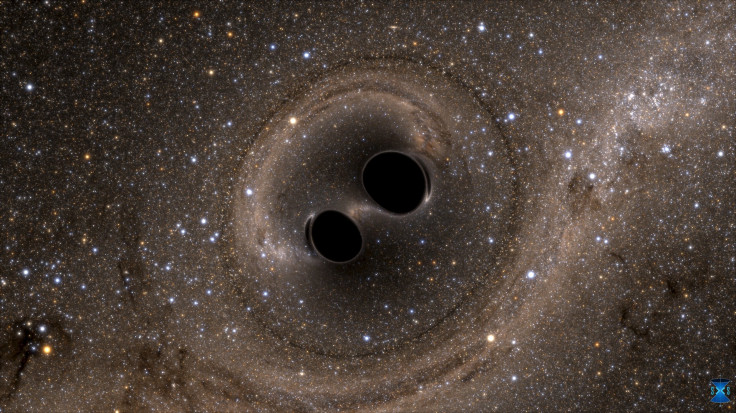Unknown rays from outer space hitting Earth: Super-massive black hole, the size of 4-5 million Suns, the cause

Alien cosmic rays from outer space that are bombarding Earth are from a super-massive black hole, right at the centre of Earth’s Milky Way Galaxy. An international team of scientists that also includes University of Adelaide researchers has finally found evidence of these rays and their source.
The high-energy cosmic rays that consist of charged atomic nuclei such as protons are accelerating towards Earth from the black hole. Its gravity so immense that nothing can escape its fierce grip, not even light.
The black hole has been given the name Sagittarius A* and now the scientists are confirmed that the cosmic rays are from this black hole and not remnants from dead stars, as previously thought, the study, published in the journal Nature, explained.
“The black hole's gravity of course attracts lots of matter to it. As the matter approaches the black hole, it spirals around, like water going down a plug hole, and speeds up,” said Adelaide University astrophysicist Dr. Gavin Rowell.
The astronomers used High Energy Stereoscopic System (HESS) telescopes in Namibia to detect the high-energy gamma ray source, writes Gizmodo Australia. The gamma rays act as a “tracer” for cosmic rays. They are produced when these cosmic rays collide and then interact with surrounding gases.
Rowell also said that these can be considered “the first indications of where the Milky Way’s highest energy cosmic rays could come from.”
The black hole, massive star formations, supernova remnants and pulsars, all of these make the area extremely active and these violent activities make the region one of the most intense objects in the sky for scientists. The findings of the study have made scientists revisit the old idea that cosmic rays are the result of after-effects of supernova explosions.
“The most striking aspect is that the gamma ray emission properties tell us that they come from a source of cosmic rays with energies reaching 100 times higher than that of the Large Hadron Collider in CERN, Switzerland,” added Rowell.





















